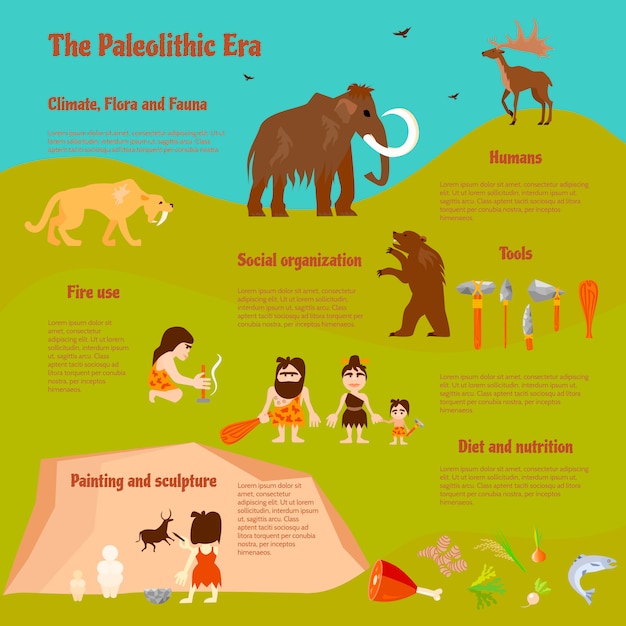Ancient Egypt Facts for Kids – Exploring the Mysterious Pharaohs, Pyramids, and Hieroglyphs

Ancient Egypt was one of the greatest civilizations in history.
The Nile River played a crucial role in the lives of ancient Egyptians.
Egypt is home to the Great Pyramids of Giza, which were built as tombs for pharaohs.
The ancient Egyptians believed in multiple gods and goddesses.
Pharaohs were considered to be the gods’ representatives on Earth.
Hieroglyphics, a system of writing using pictures, were invented by ancient Egyptians.
Ancient Egypt was ruled by powerful dynasties of pharaohs.
The ancient Egyptians mummified their dead and buried them with valuable belongings.
Cleopatra, the last pharaoh of Egypt, is one of the most famous ancient Egyptians.
The ancient Egyptians developed advanced knowledge in medicine and mathematics.
Ancient Egyptians worshipped animals such as cats, crocodiles, and even dung beetles.
The invention of paper is credited to the ancient Egyptians.
Ancient Egyptians wore makeup and used cosmetics for both ceremonial and practical purposes.
Ancient Egyptian society was divided into different social classes, with pharaohs on top.
The sphinx, a mythical creature with a lion’s body and a human head, is a famous symbol of ancient Egypt.
Ancient Egyptians believed in an afterlife and took great care to prepare for it.
The ancient Egyptians built temples and magnificent structures in honor of their gods.
The Pharaoh Tutankhamun, also known as King Tut, became famous after the discovery of his tomb.
Ancient Egypt Facts for Kids – Exploring the Mysterious Pharaohs, Pyramids, and Hieroglyphs part 2
The ancient Egyptians developed advanced techniques in agriculture, including irrigation systems.
The Great Sphinx of Giza is over 4,500 years old and still stands today.
Ancient Egyptian society believed in the importance of family and kinship.
The ancient Egyptians made significant contributions to the field of astronomy.
Egypt is home to the Valley of the Kings, where many pharaohs were buried.
The ancient Egyptians used a complex calendar system based on the movements of the moon and stars.
Ancient Egyptian art and architecture influenced many civilizations that came after them.
The ancient Egyptians celebrated various festivals throughout the year.
Egyptian mythology includes stories of gods, goddesses, and epic battles.
Ancient Egyptians played a game called Senet, which was one of the world’s first board games.
The ancient Egyptians built boats for transportation and trade along the Nile River.
The Rosetta Stone, discovered in Egypt, helped scholars decipher ancient Egyptian hieroglyphics.
Ancient Egyptians excelled in the field of engineering, building massive structures without modern tools.
Ancient Egyptians believed that the heart, not the brain, was the seat of human intelligence.
The ancient Egyptians had a strong belief in magic and spells.
The ancient Egyptians wore amulets and charms for protection and good luck.
Ancient Egyptian society was highly structured and organized.
The ancient Egyptians practiced the art of embalming to preserve the dead.
Ancient Egyptians buried their dead with food, drinks, and personal belongings for the afterlife.
The pharaoh Akhenaten introduced a new religion centered around the worship of one god, Aten.
Ancient Egyptian temples served as the primary centers of worship and ritual.
The ancient Egyptians were skilled craftsmen, creating intricate jewelry, pottery, and sculptures.
Ancient Egyptian society was patriarchal, with men holding most of the power and authority.
The ancient Egyptians believed that the afterlife was a continuation of life on Earth.
Ancient Egyptian medicine included both natural remedies and magical spells.
The ancient Egyptians constructed elaborate tombs, such as the Valley of the Queens.
Ancient Egyptian children played with toys and games similar to those enjoyed by kids today.